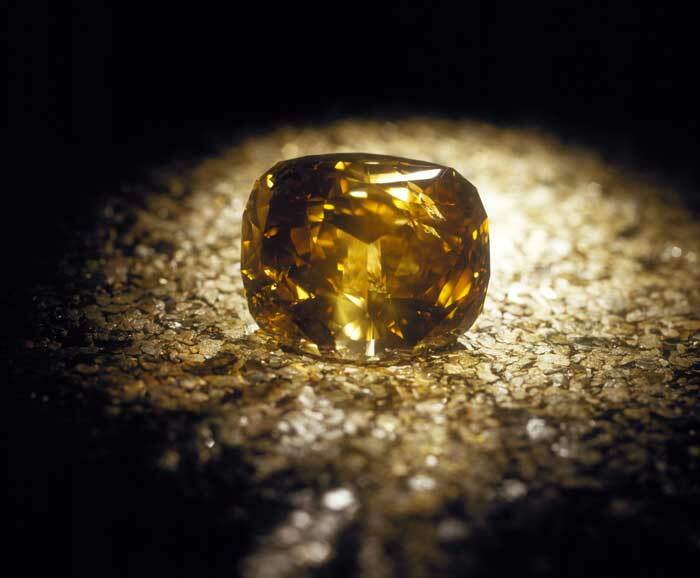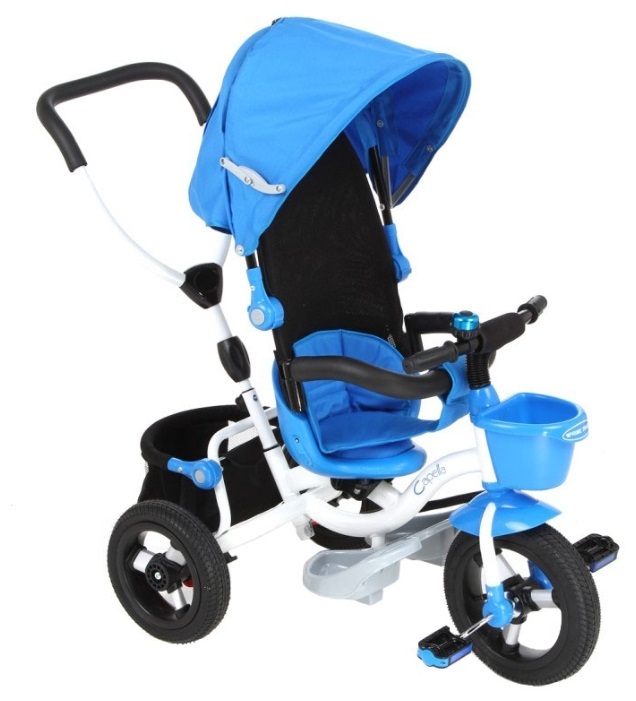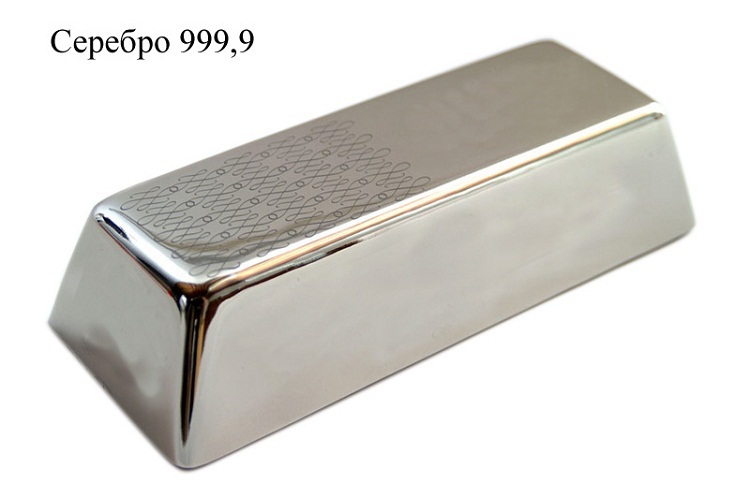Create in their own home comfort and a comfortable modern setting - one of the tasks that we decide on throughout his life. Overhaul in our homes is often associated with a desire to equip the new communication, make the basic building blocks of living quarters practical, beautiful and convenient. In this regard, it will be interesting to consider a combination of new technologies and new finishing materials. Underfloor heating - heating system, which today is considered one of the most effective and practical interacts with the floor covering. Among all employed at the moment of floor finishing materials shown first worth laminate.

In fact combines water underfloor heating and laminate flooring? Laying laminate on floor heating, a phenomenon in the private house-building is quite common. Consumers impresses the fact that the water warm floor under the laminate is capable of solving the problem of home heating and different at the same time, high aesthetic data. Technology mounting of underfloor heating water circuit with laminated flooring, is not a particularly difficult. Everyone's strength to do this work in his own house, having ultimately beautiful floor and efficient heating system.
Laminated floor heating. Features
The principle of operation of floor heating ability is due to the heat transmitted coolant heated floor surface. The interaction of the heating circuit, and laid on the floor surface, is carried out heating the inner space of the heated space. The system circulates coolant, having a certain temperature (up to 500C) but over the pipe and is concrete screed flooring. Concrete has excellent thermal conductivity, so the screed performs not only a constructive function in a residential building, but also has the largest heating surface. The heat from the concrete screed evenly distributed throughout the room.
What would work the heating system was efficient and effective, it is important to choose the flooring that meets the necessary requirements in this case. Here it is necessary to take into account not only the beauty and aesthetic material data but also its technological characteristics. Traditionally, the floor heating water, the contour of which is the main working tool is hidden in the concrete floor or a plank structure. Therefore, the prepared surface can be safely stacked laminate, specially made for warm water floor. Such a coating immediately give the room a presentable appearance, make your contact with the floor a nice touch.
What especially is fraught with laminate floor heating?

Laminate refers to wooden flooring, however, compared with conventional boards, parquet and has superior processability.
On a note: despite the fact that many consider laminate is not suitable material for heat-insulated floors, its last modification, produced by foreign companies, improve the overall picture quality.
It is worth to mention two main aspects that push the opponents of the use of wood-containing materials for finishing hot-water floor.
- A first aspect. The reason for this skepticism is that this material is up to 90% is wood-based. Wood is known to have a high thermal conductivity does not differ, so when the warm floor water may cause problems with heat exchange. Water circuit heats the screed, which in turn gives heat to the floor covering. At this stage already it is clear that the necessary heated floor surface or a large part of the heat is captured and absorbed by the laminated board.
- A second aspect. The next point to which appeal opponents using the laminate as a floor covering, phenolic harmful evaporation. You can partially agree. In variants of the material used for finishing of floors, contains formaldehyde. Formaldehyde when heated begins to rapidly evaporate into the environment that can bring significant harm to the inhabitants of the dwelling. However, in the case of under-floor heating situation is not so critical. Specially coated manufactured for this embodiment heating, which contain harmful substances and components in minimum quantities.
In order to avoid trouble in the future, buying laminate should look at his mark.

Lowering cons and making a bet on this material, we can say that the future benefits will be greater.
Laminate has in comparison with the wooden board smaller thickness, but due to manufacturing technology material density is sufficiently high and accordingly a high strength, not less than 900 kg / m2. Coated with a special film material is sufficiently resistant to moisture, both from below, and outside, on the front side. The laminating layer gives the product a special gloss and respectable, complementing a beautiful pattern.
Nuances in terms of the selection of the optimum grade material
With a thickness exceeding situation is less clear. We can only deal with what is a laminate be suitable for use with underfloor heating. Laying laminate on the floor heating will be successful if you buy material with appropriate labeling.
marking
Today, the majority of products that are specifically designed to interact with a warm water floor, wearing the inscription "Warm wasser", which literally means - "Hot Water". The figure shown icons which can be found on the goods and services offered today in the trading network.

Laminate floor for warm water must be compatible with underfloor heating options. Typically marking icon next to put the value of the recommended material heating temperature. Typically, this is 27-280FROM.
When you purchase the material pay attention to the content of the accompanying documentation. Usually manufacturers write in the passport are desirable the heating equipment, methods, and intensity of the heat.
Important! Do not use laminate for lining electric warm floor combined with water heated floors. The same principle is valid in the reverse order. Electric water and veneered flooring tiles only specially made for each type of heating.
Coefficient of thermal resistance
Should not give away and thermal insulation properties of coating materials. As well as an important parameter, note the thermal resistance of the material (thermal resistence). For water heating floors specially produced laminated plate having parameters suitable for heat exchange. The higher thermal coefficient of resistance, the greater the laminate will retain heat. Heated floor must be laid using a substrate which also has its own thermal coefficient of resistance.
For instance: you have purchased a laminate with a coefficient of 0.051 m2x R / W. The substrate has koefftsient 0.049 m2xK / W. As a result we have a total thermal resistance value of 0.1 m2xK / W. This value corresponds to the accepted standards. The total value of the thermal resistance for a laminate coating with European standards must not be more than 0.15 m2xK / W.
Indicator thermal resistance depends on the density and thickness of the material. For water underfloor recommended to use tiles, the thickness of which does not exceed 8.10 mm. Neglect of process parameters can lead to the fact that the lower part of the material will cool, which will result in damage to the flooring.
The latter aspect, which should pay attention - class material.
laminate class
In this regard, the picture is as follows. The higher the class, the better the quality of the material, the smaller its surface exposed to abrasion. It should be noted that the laminate is in a complex physical under the influence of the heating circuit state, so it would be better if the tiles on warm water floor will be made of class 32 materials or 33.
As a rule, all products are labeled accordingly under the underfloor heating, have the necessary strength class.
There is one more important detail, which should pay attention when buying the material, the use of the zone. Not every material is equally suitable for flooring in different rooms for other purposes.
Heated rooms are divided into three zones:
- sleeping area - lounges, bedrooms;
- working area - kitchen, pantry;
- Zone Transit - korilo, an entrance;
- rest and relaxation zone - balconies, loggias, bathroom.
In each case the selected particular type of material on which are corresponding mark. Separation occurs by klassnosti and the level of formaldehyde.
At the proposed video narrated in great detail about how to choose the right laminate and for what purpose:
Laying laminate on the finished screed. Features and nuances
Despite the fact that the installation of water heating floor in itself activity consuming and laborious, of no small importance is becoming laying finishing flooring. From what material you use depends not only the aesthetics of your home and the comfort level, but also the efficiency of the heating system.
On a note: the slightest irregularities in processing time of placing the water circuit can lead to uneven heating of the floor surface. Accordingly, the "naughty" laminate will behave in such areas of the floor surface in different ways.

When considering the installation of underfloor heating, it is important to determine in advance which method is suitable for you, under the screed or by grazing system. In the first embodiment, you will have to be laid floor finish on the finished surface and cured covering, in the latter case is placed on the laminate structure prepared by a dial. Immediately it is worth noting. Both in the first and in the second case, for the normal behavior of laminated plates requires perfectly flat surface.
Laying vodogreyuschego floor under concrete floor looks better and is very useful in cases where the construction of a residential building allows to equip the heating system in a similar way. For wooden houses, where there is a wooden subfloor and the hardwood floors have to restrict grazing system. Load of the concrete screed (estimated - about 3-4 tons for the middle of the room area), will be critical to the hardwood floors.
Important! Laminated plate stack just after starting the heating system. Within 2-3 days of heating is checked in all operating modes, the estimated state ties.
Methods for laying laminate on both surfaces are not fundamentally different. There is only a number of technological intricacies, the observance of which will ensure you a beautiful and at the same time, a warm floor. A set of plates is carried out from one corner of the room toward the adjacent corners, around the perimeter of the room to be heated.

Recall these details:
First. Laminate underfloor heating must not be covered with carpets and Palazzo, thereby creating overheating flooring. For the same reason it is not recommended to install the floor in those places, where the heating circuits furniture. Avoid use warm floors laminated coating in those areas where closely spaced radiators.
Second. Focusing on a laminate, as the main floor, try to solve the problem of ventilation floor surface. For these purposes, when laying plates conjugation sites with walls leave a gap of 10-12 mm. Gap in the effect is easily covered by a decorative plinth.
Third. For what would your laminate behaved adequately atmosphere inside the heated room, place the heating Equipment several thermostats, can prevent overheating of the water circuit and therefore the entire floor surface.
Fourth. Before installation floor material is placed in a heated room for adaptation. Plate for a short time gain the necessary moisture, become accustomed to a stable temperature. This procedure will certainly affect the quality and speed of assembly floor.
findings
In conclusion I would like to say the following. The efficiency of home heating system "warm water floor," which interacts with laminate, quite successfully and effectively. Observing all the rules and peculiarities of stacking technology, adhering to the strict criteria for the selection of the material, you are your own can ensure the necessary comfort and convenience inside the heated space.

There should be no experiments with laminated flooring. Overheating, pouring water may adversely affect the quality of your sex. If you wish to have in the house are beautiful and pleasant to the touch floor, make sure that, whatever the humidity inside the premises was not lower than 50-60%.




